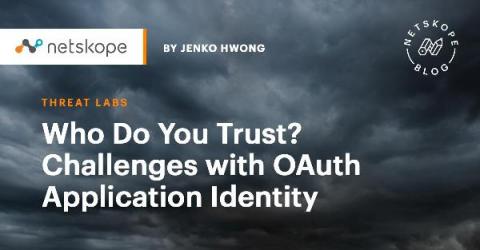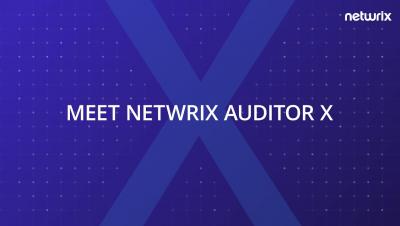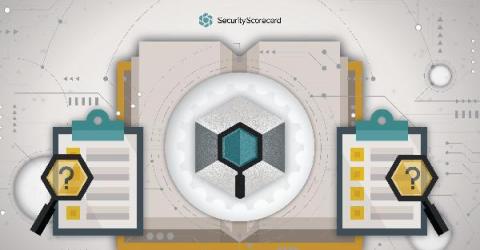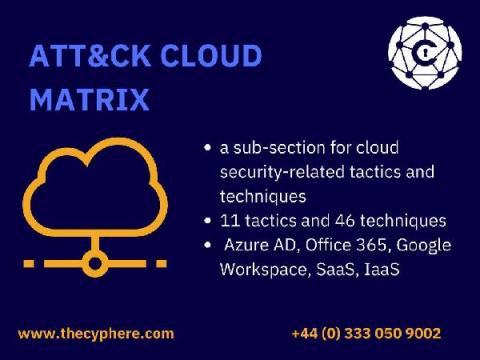Security | Threat Detection | Cyberattacks | DevSecOps | Compliance
Security
Who Do You Trust? Challenges with OAuth Application Identity
In our recent blog, Who Do You Trust? OAuth Client Application Trends, we took a look at which OAuth applications were being trusted in a large dataset of anonymized Netskope customers, as well as raised some ideas of how to evaluate the risk involved based on the scopes requested and the number of users involved. One of the looming questions that underlies assessing your application risk is: How does one identify applications? How do you know which application is which? Who is the owner/developer?
Meet Netwrix Auditor X
Understanding the Benefits of Managed Cyber Services
As part of our upcoming attendance at the International Cyber Expo & International Security Expo, we were lucky enough to sponsor The Cyber Security Webinar Series with Nineteen Group and Grey Hare Media. Both Philip Ingram MBE and Emanuel Ghebreyesus, strategic account director for Tripwire, spoke about several topics including: You can read some of the highlights from their conversation below.
SECUDE Extends Data-centric Security Across PLM and Multi-CAD Integrations
Paths into coding: Netacea's National Coding Week Q&A
The theme of this year’s National Coding Week (from 13th September) is “digital skills stories”, where people share their career stories to help inspire others to get into coding. Whether you are a student interested in a future career in coding, someone already in the industry looking for a new challenge, or even if you don’t know how to code but want to learn, there is plenty of inspiration to be found.
A new approach to AppSec
Are you putting your organization at risk with outdated security strategies? Embrace next-gen AppSec to reduce security risks without impeding DevOps. Application development practices continue to evolve, enabling development teams to deliver applications at a pace never before thought possible. At the same time, cyber-criminals have developed new levels of attack strategies and intensified their focus, making it more important than ever to scrutinize applications for security vulnerabilities.
What is a Due Diligence Questionnaire? 6 DDQ Examples
Every day, organizations around the world use due diligence questionnaires (DDQs) to evaluate potential business partnerships and gain a better understanding of the way various third-party vendors conduct day-to-day operations. These questionnaires help organizations investigate potential business ventures or partnerships to confirm they are making a good investment before entering into an agreement with a third-party.
CMMC Level 3 readiness
Defense contractors across the U.S. are moving to update their cybersecurity programs to meet or exceed Cybersecurity Maturity Model Certification (CMMC) requirements launched in 2020 by the Department of Defense (DoD) to provide greater protection of Controlled Unclassified Information (CUI). The effort required for CMMC Level 3 Certification will be significant for many of the small to midsized firms who have limited information technology and cybersecurity personnel and resources.
Nuts and bolts of MITRE ATT&CK framework
To thrive in today’s cybersecurity landscape, learning the art of defence is essential, and layering this approach with Att&ck framework techniques has become a necessity. It means your organization needs to have a cybersecurity team to ensure that every aspect of your infrastructure is secured through processes, technical controls, and people.











